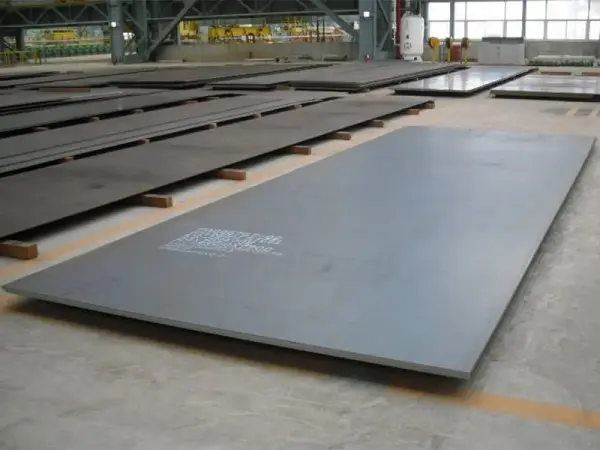- Phone0086 731 8564 8255
- E-mailsales@cscsteel-manufacturing.com
-

Galvanized pipe, also known as galvanized steel pipe, is primarily made from steel. It is a type of pipe that has undergone a galvanization process to improve its properties. Common materials used for galvanized pipes include carbon steel (such as 20 and 45 steel) and alloy steels like Q345, 20Cr, 40Cr, 20CrMo, 30-35CrMo, 42CrMo, among others. The hot-dip galvanizing process is a key method for enhancing the pipe's performance, where molten metal reacts with the iron matrix to create an alloy layer, effectively bonding the steel pipe with its zinc coating.
The hot-dip galvanization process involves the following steps:
Alkali Cleaning:
If there is oil on the surface of the steel pipe, it must be removed through alkali cleaning.
Pickling:
The steel pipe is treated with hydrochloric acid to remove oxide scale from its surface.
Rinsing:
This step involves washing the steel pipe to eliminate any remaining acid and iron salts.
Fluxing:
The flux removes impurities from the surface of the steel pipe and ensures clean contact between the pipe and the zinc bath, facilitating a high-quality coating.
Drying:
This process prevents the steel pipe from exploding when dipped into the molten zinc by drying off any residual moisture.
Hot-Dip Galvanizing:
The steel pipe is immersed in a zinc bath heated to a precise temperature of 450±5°C. In the galvanizing furnace, the pipe travels through three spirals that gradually tilt it into the molten zinc. The pipe moves downward into the bath, where it is coated with zinc before sliding onto a track inside the zinc pot. It is then lifted by a magnetic roller to a traction roller for further processing.
External Blowing:
The galvanized steel pipe is passed through an external blowing ring, where compressed air removes excess zinc, leaving a smooth and even surface.
Drag-Out:
The speed at which the pipe is drawn out of the zinc bath is controlled to manage the amount of zinc applied, helping to reduce waste.
Internal Blowing:
Compressed air is used to blow away excess zinc from the inner surface of the pipe, ensuring a smooth finish. The removed zinc is recovered as zinc powder.
Water Cooling:
The pipe is cooled in a water tank, where the temperature is controlled at 80°C to solidify the galvanized coating.
Passivation:
A passivation solution is sprayed onto the finished pipe to further protect its surface. Any excess solution is blown off by compressed air after the external blowing process.
Inspection:
The galvanized pipes are inspected after cooling. Defective pipes are placed in a waste bin, while the finished pipes are packaged and stored for distribution.
This multi-step process ensures that galvanized pipes have enhanced durability and corrosion resistance, making them suitable for a wide range of applications.




